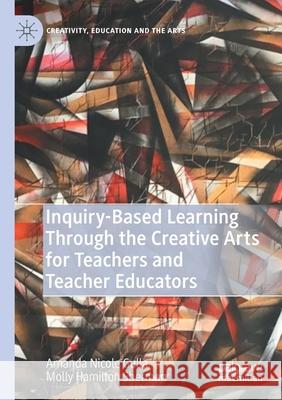Inquiry-Based Learning Through the Creative Arts for Teachers and Teacher Educators » książka
topmenu
Inquiry-Based Learning Through the Creative Arts for Teachers and Teacher Educators
ISBN-13: 9783030571399 / Angielski / Miękka / 2021 / 236 str.
Inquiry-Based Learning Through the Creative Arts for Teachers and Teacher Educators
ISBN-13: 9783030571399 / Angielski / Miękka / 2021 / 236 str.
cena 522,07
(netto: 497,21 VAT: 5%)
Najniższa cena z 30 dni: 501,19
(netto: 497,21 VAT: 5%)
Najniższa cena z 30 dni: 501,19
Termin realizacji zamówienia:
ok. 22 dni roboczych
Dostawa w 2026 r.
ok. 22 dni roboczych
Dostawa w 2026 r.
Darmowa dostawa!
Kategorie:
Kategorie BISAC:
Wydawca:
Springer Nature Switzerland AG
Seria wydawnicza:
Język:
Angielski
ISBN-13:
9783030571399
Rok wydania:
2021
Ilość stron:
236
Waga:
0.28 kg
Wymiary:
21.01 x 14.81 x 1.27
Oprawa:
Miękka
Wolumenów:
01
Dodatkowe informacje:
Wydanie ilustrowane











